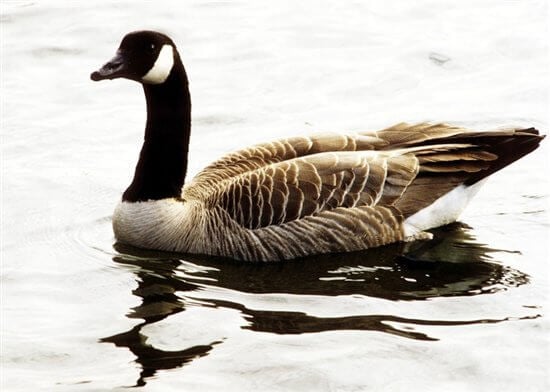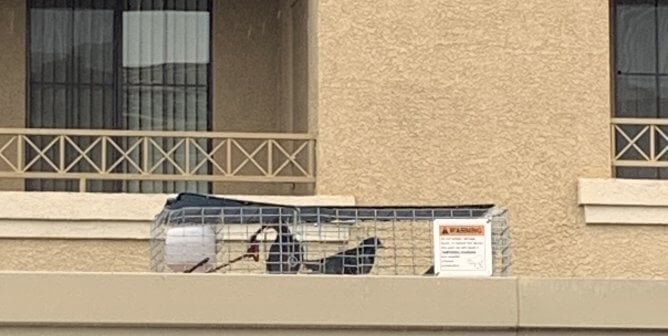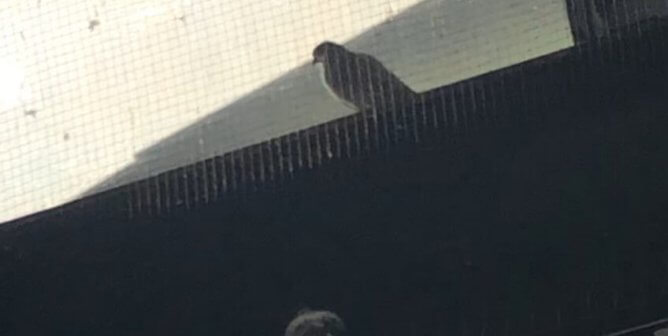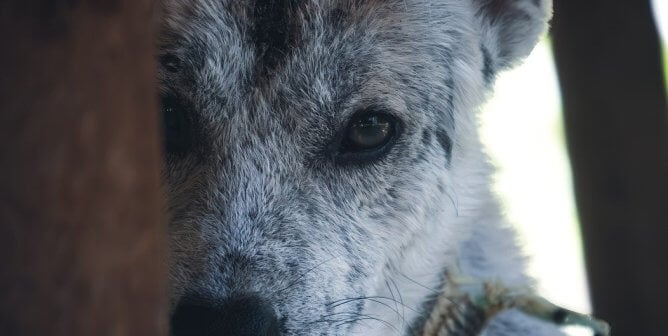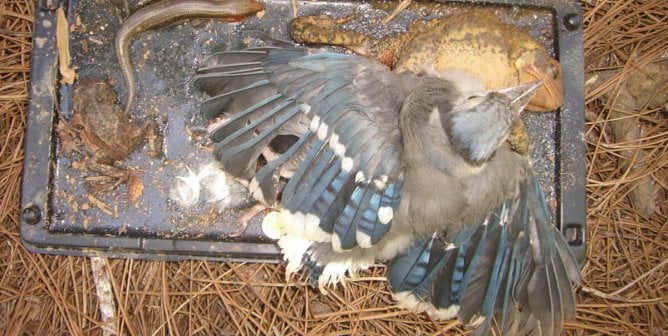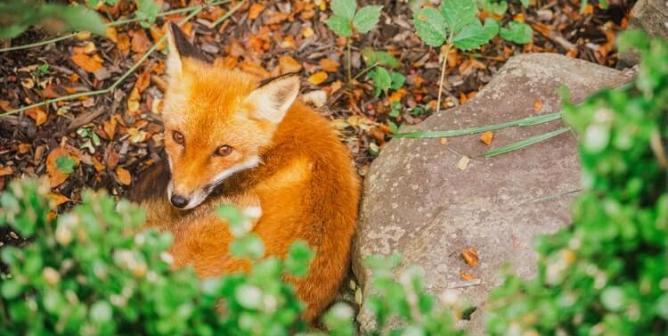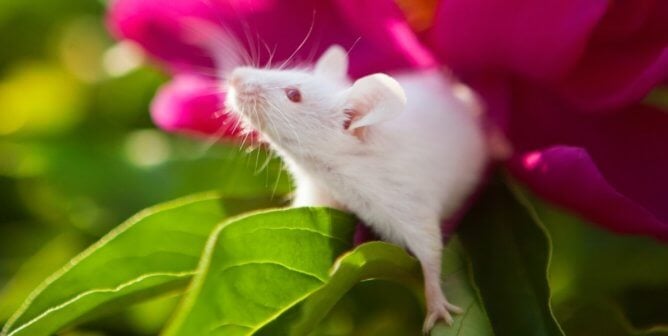Living in Harmony With Canada Geese
Few things are more beautiful than a goose family lined up for a morning swim, and few things are more inspiring than watching a flock of Canada geese heralding the change of seasons as they fly their ancient patterns of migration.
Because of human actions, geese populations had been decimated by the 1950s. To save the species from extinction, people relocated geese to areas where they had never been found before. As a result, the birds adapted to urban and suburban areas and remain there year-round. Goose populations have since exploded, and today, many states are trying to resolve conflicts between geese and humans.
Geese possess many of the qualities that humans value and strive to attain. Devoted to each other, goose couples partner for life, raise and protect their babies together, and take care of one another. Geese also use teamwork when flying in formation. They will honk to encourage each other, and if a goose gets sick, wounded, or shot down, two flockmates will stay with the goose until he or she dies or is able to fly again.
- Geese and their babies communicate with each other while the goslings are still inside the shell.
- Geese hand down their migratory routes from generation to generation.
- Goslings cuddle with each other for warmth and protection.
- Geese are highly emotional and mourn the loss of their partner and eggs.
- Geese use as many as 13 different calls to convey warnings, extend greetings, and express emotions such as happiness.
Effective, humane methods of waterfowl control do not target the animals themselves but rather the things that attract them to certain areas. Methods such as population stabilization, site aversion, public education, and other deterrents can be used to control waterfowl populations humanely.
Public education is an important starting point. For example, thousands of people with only the kindest of intentions endanger the health of waterfowl by feeding them. This seemingly benign activity can lead to avian botulism, crowding, and competition, and it also encourages migratory waterfowl to stay in areas that they would otherwise vacate because of limited food sources. People who love to feed ducks and geese might reconsider doing so if they knew that their actions had the potential to kill large numbers of birds.
Given the many humane solutions to perceived waterfowl problems, it’s easy to keep the peace with Canada geese. After reviewing our materials, if you still need help assisting your community with developing a humane waterfowl-management program, please contact us for more information.

